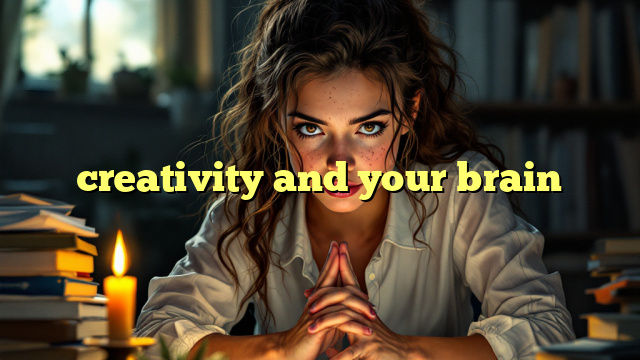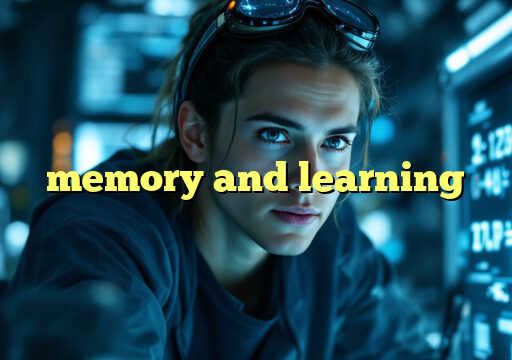Creativity is a fascinating aspect of human cognition that allows us to think outside the box, come up with innovative solutions, and express ourselves in unique ways. It involves a complex interplay between various areas of the brain, and understanding this relationship can help us tap into our creative potential.
How Creativity Works in the Brain
When we engage in creative activities such as problem-solving, art, music, or writing, our brain fires up in a unique way. Studies have shown that creativity involves the interaction of multiple brain regions, including the frontal lobe, temporal lobe, and limbic system. These areas work together to generate new ideas, make connections between seemingly unrelated concepts, and overcome mental blocks.
The frontal lobe, located at the front of the brain, is responsible for executive functions such as decision-making, planning, and problem-solving. It plays a crucial role in creativity by allowing us to set goals, envision possibilities, and explore different solutions to a problem.
The temporal lobe, located on the sides of the brain, is involved in memory, language, and visual processing. It helps us draw on past experiences, knowledge, and sensory information to come up with creative ideas and insights.
The limbic system, located deep within the brain, is responsible for emotions, motivation, and reward processing. It plays a key role in creativity by providing the drive, passion, and emotional connection that fuel our creative pursuits.
The Benefits of Creativity for the Brain
Engaging in creative activities has been shown to have numerous benefits for the brain. Research suggests that creativity can help improve cognitive function, enhance problem-solving skills, boost memory, reduce stress, and increase overall well-being. It can also promote neuroplasticity, the brain's ability to reorganize itself by forming new neural connections.
Some studies have even suggested that creativity may help reduce the risk of age-related cognitive decline and neurodegenerative diseases such as Alzheimer's. By challenging our brains with new and stimulating activities, we can keep our minds sharp and flexible as we age.
Cultivating Creativity in Your Brain
If you want to enhance your creativity, there are several strategies you can try. One approach is to expose yourself to a wide range of experiences, ideas, and perspectives. This can help spark new connections in your brain and inspire fresh creative insights.
You can also practice divergent thinking, a form of thinking that involves generating multiple solutions to a problem. By brainstorming, experimenting, and exploring different options, you can train your brain to think creatively and outside the box.
Mindfulness practices such as meditation and yoga have also been shown to enhance creativity by quieting the mind, reducing stress, and increasing focus. These techniques can help you tap into your inner creativity and unleash your full artistic potential.
Conclusion
Creativity is a powerful force that resides within all of us. By understanding the relationship between creativity and your brain, you can unlock your creative potential, boost your cognitive function, and enhance your overall well-being. So don't be afraid to think outside the box, embrace new ideas, and nurture your creativity—it's one of the greatest gifts you have!
FAQs
Q: Can anyone be creative?
A: Yes, creativity is a universal human trait that can be cultivated and nurtured through practice and exposure to new experiences.
Q: How can I overcome creative blocks?
A: Creative blocks are a common challenge, but you can overcome them by taking a break, changing your environment, seeking inspiration from other sources, and experimenting with different approaches.
Q: Are some people more creative than others?
A: While creativity can vary from person to person, everyone has the potential to be creative in their own unique way. It's all about tapping into your individual strengths and passions.




